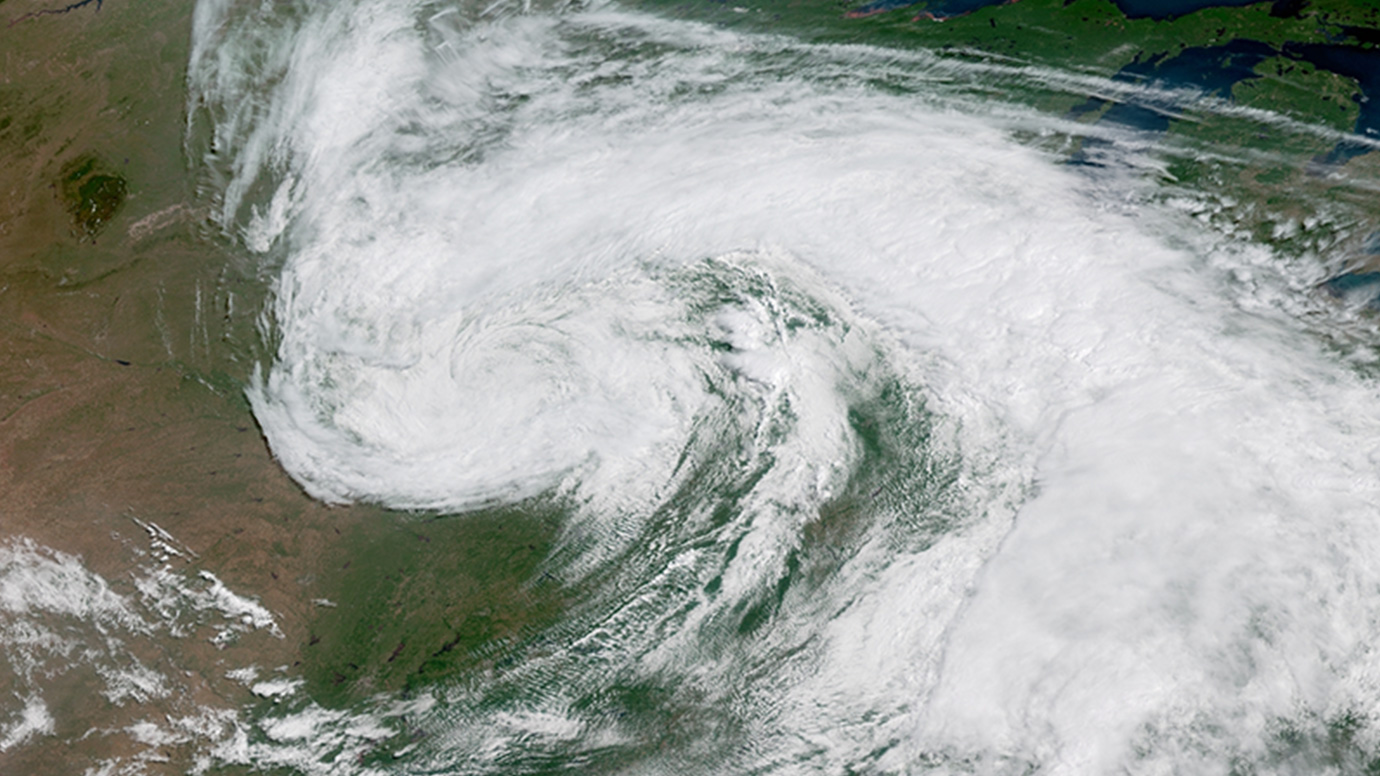Storm signals
Storm signals | University of Chicago News UChicago News


Confronting Climate Model Trends with Observations: Extratropical Storm Tracks and their Associated Extreme Events

Climate models play a crucial role in predicting the impacts of climate change. However, it is essential to ensure that these models accurately capture the physical mechanisms underlying observed phenomena. Dr. Shaw’s project, “Confronting climate model trends with observations: Extratropical storm tracks and their associated extreme events,” aims to address this issue by comparing climate model predictions with observations.
Sustainable Development Goals (SDGs)
- Goal 13: Climate Action
- Goal 9: Industry, Innovation, and Infrastructure
The project, funded by NOAA’s Modeling, Analysis, Predictions and Projections Program, aims to understand the discrepancies between model predictions and observations in the southern hemisphere. By examining the physical mechanisms of the emerging signal and testing different hypotheses, the research team hopes to identify the reasons behind the underestimation.
To achieve this, the team will analyze observations from the past four decades, including ground and satellite measurements of radiation, precipitation, temperature, and clouds. These observations will be compared to existing climate model predictions, ensuring an apples-to-apples comparison by quantifying the same variables on the same grid with the same time-frequency.
NOAA will provide observation-based data and powerful models developed in NOAA labs. The starting point for the comparison will be the SPEAR (Seamless System for Prediction and Earth System Research) climate model, which offers high-resolution predictions from 1921 through the end of the 21st century.
In addition to comparing the SPEAR data with other climate model predictions at lower resolution, the research will also perform a comprehensive comparison of climate model predictions with observations across all regions and seasons, with a particular focus on extreme weather events.
Climate Engineering
The project will also focus on storm tracking over land, especially in North America. Land-based storms have significant impacts on agriculture, infrastructure, and society as a whole. Accurate climate forecasts are crucial for preparing society for these impacts and shaping future policies and infrastructure development.
The project aligns with UChicago’s Climate Systems Engineering initiative, led by Prof. David Keith. Understanding and predicting the climate system are essential for climate engineering efforts. Accurate climate models provide the foresight needed to assess the potential outcomes of perturbing the climate system to achieve desired goals.
Dr. Shaw emphasizes the importance of accurate forecasts in preparing for the future. As he states, “We’re in the driver’s seat, whether we like it or not.” An accurate forecast will help society navigate the challenges and opportunities that lie ahead.
This story was adapted from the Physical Sciences Division website.
SDGs, Targets, and Indicators
| SDGs | Targets | Indicators |
|---|---|---|
| SDG 13: Climate Action | Target 13.1: Strengthen resilience and adaptive capacity to climate-related hazards and natural disasters | Indicator not mentioned in the article |
| SDG 13: Climate Action | Target 13.2: Integrate climate change measures into national policies, strategies, and planning | Indicator not mentioned in the article |
| SDG 13: Climate Action | Target 13.3: Improve education, awareness-raising, and human and institutional capacity on climate change mitigation, adaptation, impact reduction, and early warning | Indicator not mentioned in the article |
| SDG 13: Climate Action | Target 13.b: Promote mechanisms for raising capacity for effective climate change-related planning and management in least developed countries and small island developing States, including focusing on women, youth, and local and marginalized communities | Indicator not mentioned in the article |
1. Which SDGs are addressed or connected to the issues highlighted in the article?
- SDG 13: Climate Action
The article discusses a project focused on climate modeling and understanding the physical mechanisms underlying storm weakening and extreme weather events. This aligns with SDG 13, which aims to take urgent action to combat climate change and its impacts.
2. What specific targets under those SDGs can be identified based on the article’s content?
- Target 13.1: Strengthen resilience and adaptive capacity to climate-related hazards and natural disasters
- Target 13.2: Integrate climate change measures into national policies, strategies, and planning
- Target 13.3: Improve education, awareness-raising, and human and institutional capacity on climate change mitigation, adaptation, impact reduction, and early warning
- Target 13.b: Promote mechanisms for raising capacity for effective climate change-related planning and management in least developed countries and small island developing States, including focusing on women, youth, and local and marginalized communities
The project aims to improve climate models and predictions to strengthen resilience and adaptive capacity to climate-related hazards and natural disasters (Target 13.1). It also seeks to integrate climate change measures into policies and planning by comparing climate model predictions with observations (Target 13.2). Additionally, the project contributes to improving education, awareness, and capacity on climate change (Target 13.3) and promotes mechanisms for effective climate change-related planning and management (Target 13.b).
3. Are there any indicators mentioned or implied in the article that can be used to measure progress towards the identified targets?
No specific indicators are mentioned or implied in the article that can be used to measure progress towards the identified targets. The article focuses more on the research project’s methodology and goals rather than specific indicators for measuring progress.
4. Table: SDGs, Targets, and Indicators
| SDGs | Targets | Indicators |
|---|---|---|
| SDG 13: Climate Action | Target 13.1: Strengthen resilience and adaptive capacity to climate-related hazards and natural disasters | Indicator not mentioned in the article |
| SDG 13: Climate Action | Target 13.2: Integrate climate change measures into national policies, strategies, and planning | Indicator not mentioned in the article |
| SDG 13: Climate Action | Target 13.3: Improve education, awareness-raising, and human and institutional capacity on climate change mitigation, adaptation, impact reduction, and early warning | Indicator not mentioned in the article |
| SDG 13: Climate Action | Target 13.b: Promote mechanisms for raising capacity for effective climate change-related planning and management in least developed countries and small island developing States, including focusing on women, youth, and local and marginalized communities | Indicator not mentioned in the article |
Behold! This splendid article springs forth from the wellspring of knowledge, shaped by a wondrous proprietary AI technology that delved into a vast ocean of data, illuminating the path towards the Sustainable Development Goals. Remember that all rights are reserved by SDG Investors LLC, empowering us to champion progress together.
Source: news.uchicago.edu

Join us, as fellow seekers of change, on a transformative journey at https://sdgtalks.ai/welcome, where you can become a member and actively contribute to shaping a brighter future.







